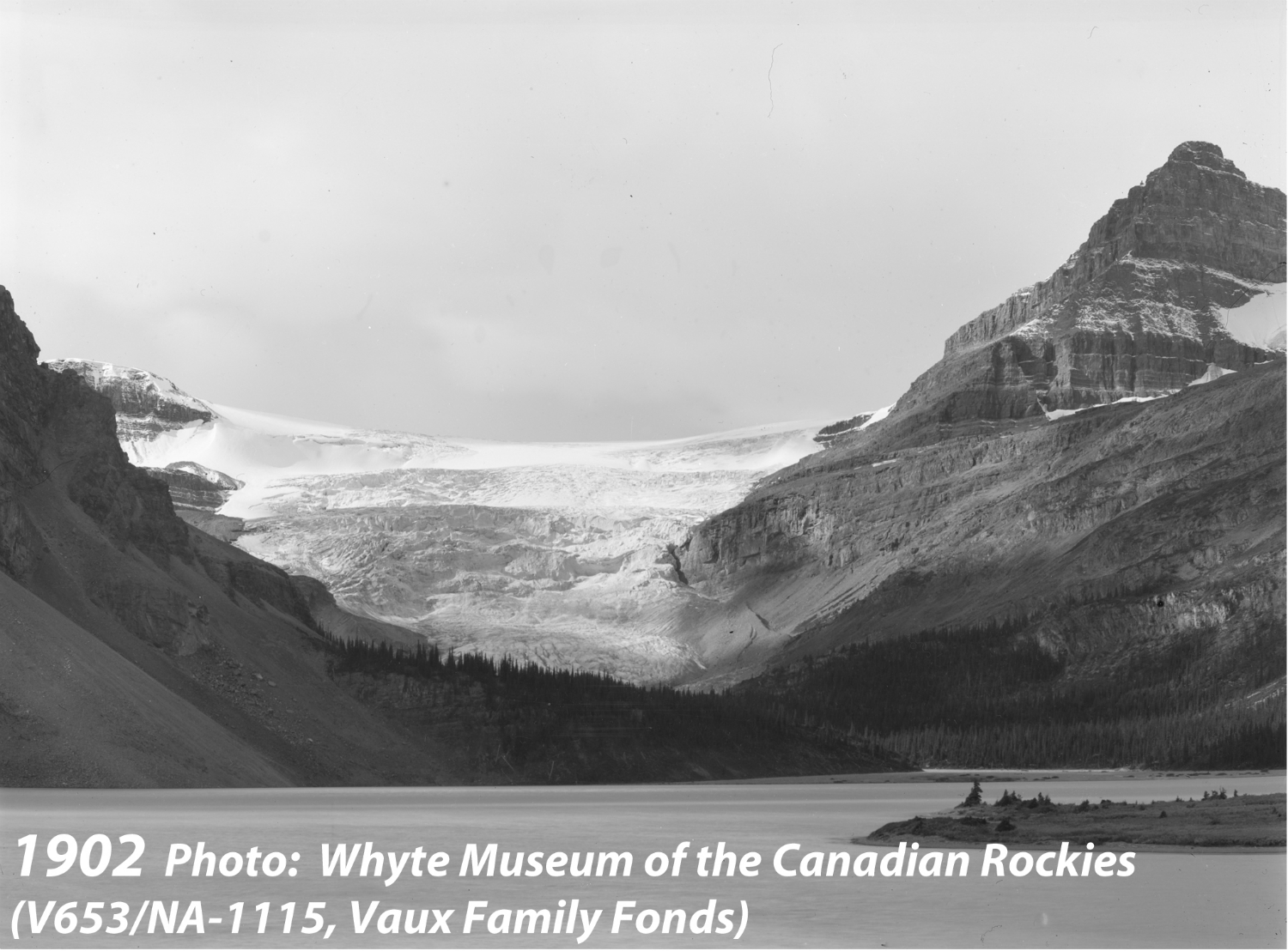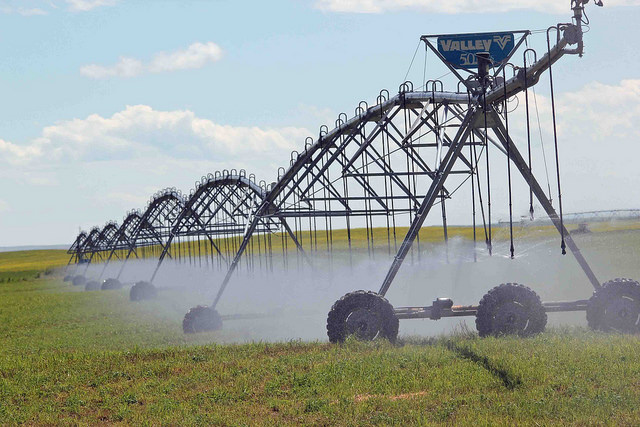By Kristy Dixon
Climate change and carbon emissions are top of mind due to the COP21 conference in Paris. It’s also a timely topic of discussion for many Canadians, and especially Albertans, given the provinces’ recently released Climate Change plan.
COP21 (known less colloquially as the 2015 Paris Climate Conference) is the 21st international conference on climate change. The conference boasts attendance of 190 countries, each of which are trying to reach collective agreement on limiting the impact of climate change. To the point, delegates are attempting to agree on ways to prevent the planet from warming more than two degrees by 2100.
Often when we see and hear about climate change its impacts are conveyed through water—time lapses showing receding glaciers, miserable images of drought, and footage of coastal communities under threat. While water is a universal resource that all people can use to relate to the impacts of climate variability and warming, it remains secondary to energy in climate talks, and is often approached as a sub-section to an overall carbon focus.
 |
 |
| Bow Glacier in Banff National Park | |
Most importantly, the integral relationship between climate and water means the commitments from COP21 will have impacts on how we manage water. For Albertans the commitments starting to flow out from COP21 might, at first, not seem directly relevant to our water management. However, the global focus presents opportunities to share, learn, and refine prevention and mitigation strategies, especially around extreme weather events including flood and drought, and the challenge of water scarcity.
Here are some key topics in COP21 and examples of how they relate to water:
Greenhouse gas emissions
It is no secret Canadians are some of the most wasteful people when it comes to how water is used. Furthermore, this is bad news for greenhouse gas emissions.
For example, before water reaches a home or business in Canada it must be extracted, treated, transported and, once it has been used it, must again be transported, treated, and released. Every one of these steps takes energy. To achieve this, municipalities typically spend between 25 and 60% of their budgets to supply energy for their city’s water infrastructure [1].
Local reuse could help to reduce water use; however, treating domestic and industrial wastewater also creates significant greenhouse gas emissions. For example, the treatment of used household water from cooking, washing, cleaning, and sanitation alone accounts for 3% of global electricity consumption and 5% of global non-carbon dioxide greenhouse-gas emissions (mainly methane). Methane’s comparative impact to carbon dioxide is more than 25 greater over a 100-year period, making it quite the nasty emission [2].
Solutions aren’t easy to come by, and require a mixture of prevention, mitigation, and conservation, to reduce overall greenhouse gas emissions for water usage.
Some say an easier win would be reducing greenhouse gas emissions produced through the production, transportation, and waste created through bottled water, as estimates reveal producing bottled water requires as much as 2,000 times the energy cost of producing tap water [3]. A little ironic considering popular bottled water brands like Dasani and Aquafina are essentially tap water treated for aesthetics.
With water scarcity (and therefore quality) linked to water treatment, and water treatment linked to energy, it will be interesting to see if COP21 addresses these relationships to water in the current or future climate talks.
Sustainable agriculture and forestry
At COP21, a panel is considering sustainable agriculture, forestry, and their use of water. These competing demands for the world’s most valuable resource are referred to as the Water Energy Food Nexus.
 |
| “Irrigation 2144″ by Marcia O’Connor is licenced under CC BY 2.0 |
Agriculture is one of the sectors most seriously affected by climate variability but it also accounts for 24% of greenhouse gas emissions, which cause climate change [4]. It makes sense to break this futile loop, and water conservation and smart technologies for agricultural water use could be the biggest circuit breaker. When it comes to water, agriculture consumes 70% of freshwater used by humans, much of which is sourced from non-renewable aquifers [5]. Improved monitoring and expanded regulation could improve this number.
The forestry industry has growing awareness of the need to consider watershed management as a tool for developing plantations that focus on forest productivity, as well as environmental and social benefits, mainly in terms of maintaining water supply and water quality to downstream users [6]. The industry is also questioning local watershed impacts including erosion, flood, and fire implications.
Emission tradeoffs
Similar to greenhouse gas emissions, as soon as tradeoff conversations become more detailed, water becomes an implicit consideration. Take hydraulic fracturing for example: at an Alberta Water Conversation event in 2013 attendees largely agreed that fresh water should not be used for fracturing and that saline water would be a better choice. However, questions quickly arose on where saline water is located in relation to a well, and the transport implications of shipping saline water, or the energy required to create fresh water from a saline water source. This shows how quickly emissions tradeoffs and water become complicated.
Ultimately, decisions in climate impact water and decisions in water impact climate. To address these issues, communities and decision-makers are increasingly taking a holistic approach to these systems, not only trying to prevent global warming, but introducing ways for communities to adapt to the increasing climate variability that is forecast around the world, including in Alberta.
At COP21, the United Nations say it themselves, “Adaptation to climate change is closely linked to water and its role in sustainable development.” [7] Water may not be the headline from COP21, but it will be a clear indicator of how effective actions from the conference, and how effective subsequent regional or local initiatives will be, against the targets set.
Kristy Dixon is a Communications Specialist at Alberta WaterSMART.
Sources
[1] https://environment.yale.edu/yer/article/water-usage-in-cities-tied-to-greenhouse-gas-emissions
[2] http://www3.epa.gov/climatechange/ghgemissions/gases/ch4.html
[3] http://iopscience.iop.org/article/10.1088/1748-9326/4/1/014009/pdf;jsessionid=DDCA958D362B5FD7F2F853B6C674F1A7.c1.iopscience.cld.iop.org
[4] http://www.un.org/apps/news/story.asp?NewsID=52699#.Vl-x-eOfrGc
[5] Pimentel, D., Berger, B., Filiberto, D., Newton, M., Wolfe, B., Karabinakis, E., Clark, S., Poon, E., Abbett, E., Nandagopal, S. (2004). Water Resources: Agricultural and Environmental Issues. Bioscience, 54, 909-918.; Rost, S., Gerten, D., Bondeau, A., Lucht, W., Rohwer, J., Schaphoff, S. (2008.) Agricultural green and blue water consumption and its influence on the global water system. Water Resources Research, 44, 1748-9326.
[6] http://www.hindawi.com/journals/ijfr/2012/908465/
[7] http://www.unwater.org/topics/water-and-climate-change/en/


